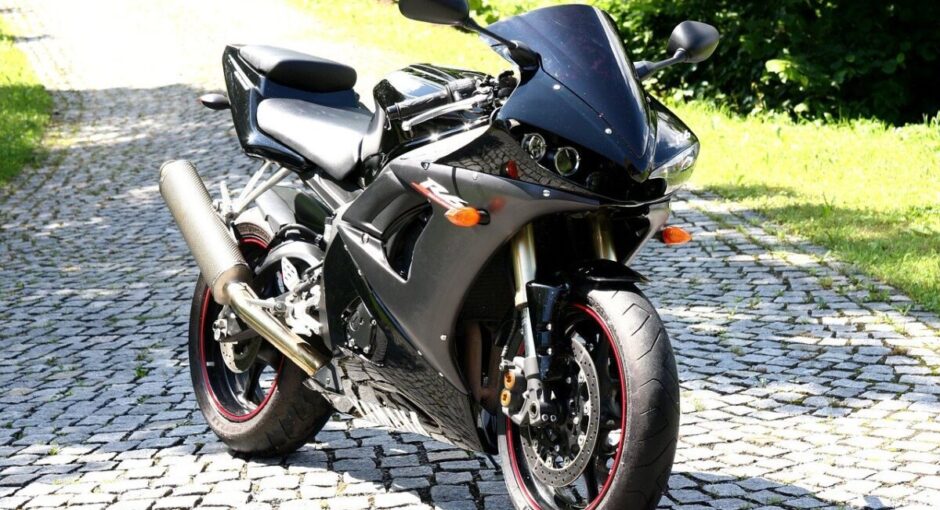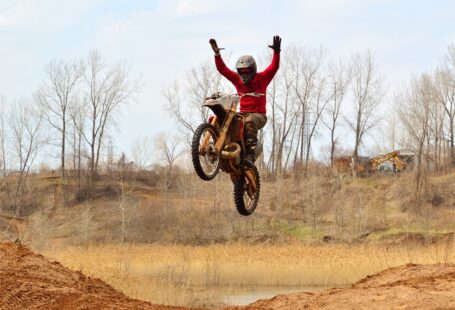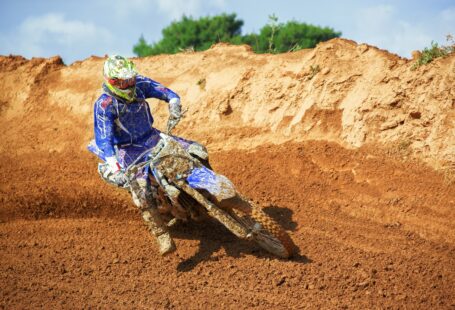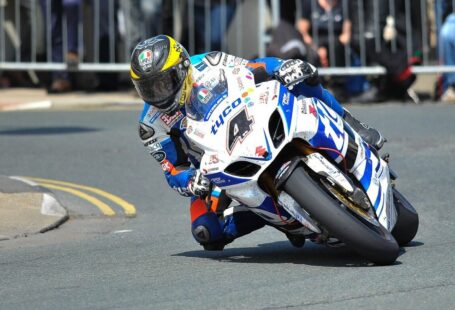The BMW automotive group—with Rolls Royce, Mini, BMW and Husqvarna included—sees BMW Motorrad as the “center of competence for mobility concepts, ” expected to spearhead the push to merge (or maybe just blur) the gap between cars and single-track vehicles, combining the best features of both. BMW’s new “Urban Mobility” line—a new product grouping buttressing Sport, Touring, Enduro and other lines—will add more new models in the future. But why scooters? Well, Carvajal says, they’re fun, they’re cute, they’re non-threatening, easy to park, easy to ride and convey a feeling of freedom to users and onlookers alike.
Onlookers who may turn into buyers. BMW’s market research indicates there’s strong interest in its scooters. New riders, BMW-loyal customers who may be looking to replace or supplement a heavier, bigger machine, returning riders looking for something friendlier to come back to riding with, small scooter riders looking to move up to a faster bike, and the ever-desirable ‘conquest, ’ motorcycle and scooter owners from other brands looking for a premium product.
And there’s no doubt this is a premium product. The motor is a 649cc liquid-cooled, counterbalanced DOHC Twin that Carvajal says offers “best in class” performance: 60 horsepower at the crank. That’s good for a 0-40 time of four seconds, and a 109-mph top speed, BMW claims. It’s not just powerful, it’s compact and easy to service, with the drive chain running in an enclosed oil bath. The CVT transmission means it’s a twist-n-go, but it’s tuned to maintain constant rpm between 30-70 mph for maximum efficiency and response.
ImBoth the C 600 Sport and C 650 GT have some heft, but the low placement of the engine and gas tank make maneuvering much easier.
The chassis is straight forward but up to the task. It’s a tube-steel bridge-type frame, with the motor mounted solidly to aid rigidity. The front end is a sturdy-looking 40mm inverted fork with dual triple clamps. In back, the cast-alloy single-sided swingarm is suspended by a laydown monoshock, adjustable for preload. Standard ABS beefs up the dual two-piston calipers and 270mm front discs; another 270mm disc is in back. The cast wheels mount 15-inch radial tires, a 120-section in front and wide 160-section in back. Wheelbase is a lengthy 62.6 inches.
That’s where the two models diverge. The C 600 Sport has a more aggressive riding position, the trunk, fairing and windscreen are smaller and it’s 26 pounds lighter than the 575 pound (claimed wet weight) C 650 GT. The GT gets a bigger fairing with power-adjustable windscreen and a massive 60-liter-capacity trunk. The Sport’s trunk is smaller, but has a “Flexcase” bottom that swings out to give it more capacity when the bike is parked.
Why is the Sport called a 600 when both models actually share the same 649 mill? “Why don’t you go ask the Germans?” responded Carvajal, and after the laughs died down, he explained that there was a plan to give the 600 an actual 600cc powerplant, to further differentiate the two bikes as well as to connote the Sport with 600cc sportbikes. But then Yamaha upgraded the Euro-model TMAX, so both rides got the same mill so the Sport could stay in front. Why the designation wasn’t changed to 650 will probably remain one of life’s mysteries, but we all have more important things to worry about, don’t we?
GT is touring-oriented, gets a larger fairing, trunk, seat and windscreen.
Sport has a more aggressive riding position, smaller fairing with sharper styling.



